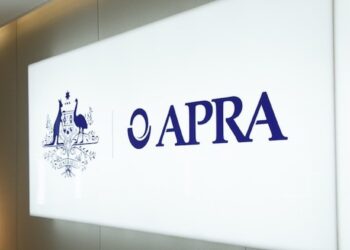The global financial crisis has served to teach the financial market some important lessons that should not soon be forgotten, according to Bank of New York Mellon Asset Management senior market strategist Robert Jaeger.
Jaeger, who has been visiting Australia this month, told Super Review that investors had plenty to learn from the meltdown and, in doing so, could improve their future portfolio construction.
He drew on the words of economist John Maynard Keynes in suggesting that markets can remain irrational longer than investors can remain solvent and added that liquidity had also been proved to be key, even for long-term investors.
Jaeger said the reality that had emerged was that if you did not have short-term liquidity, you could not be an effective long-term investor because you could not buy during panics and you might even become a forced seller.
“Even sovereign wealth funds, which have long time horizons and no specific spending requirements, should have ‘emergency funds’ to hand,” he suggested.
Jaeger also suggested that many of the disasters to emerge from the global meltdown had come from what had been regarded as “conservative investing” in circumstances where AAA bonds had blown up and securities lending programs had run into difficulties.
He said the current environment had created extraordinary investment opportunities but investors had to be aware that there was still no such thing as a free lunch and that the unpredictability of the market had still not gone away.




